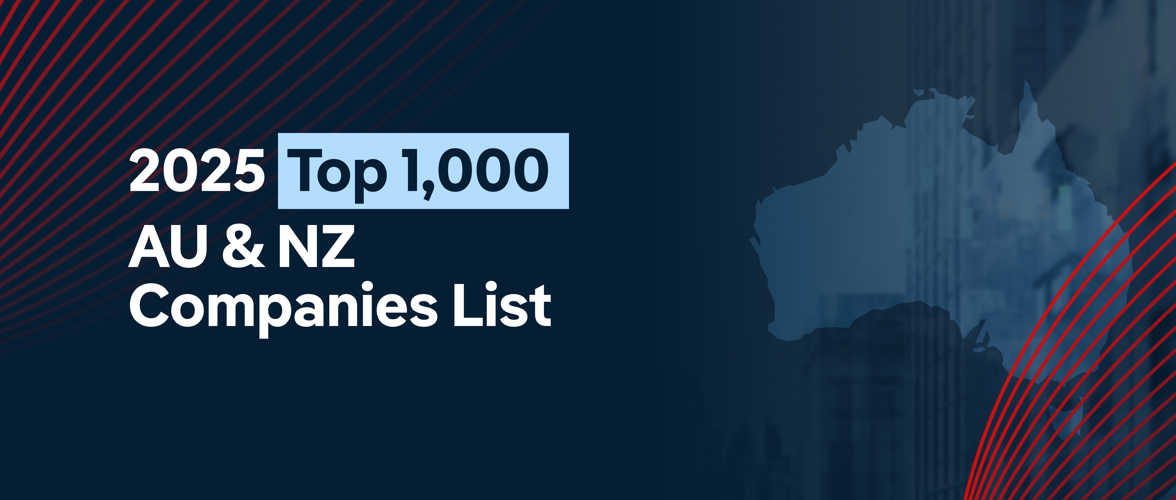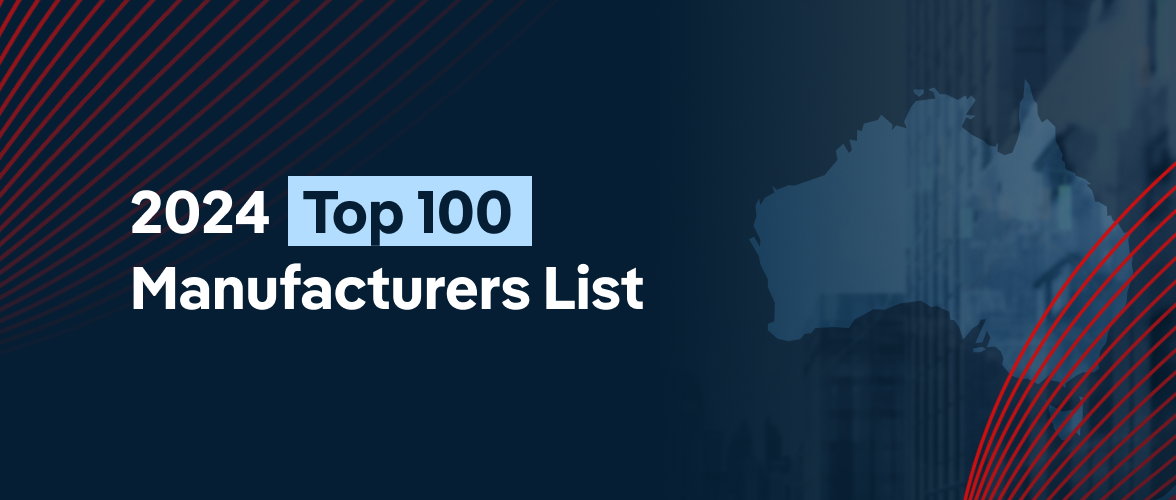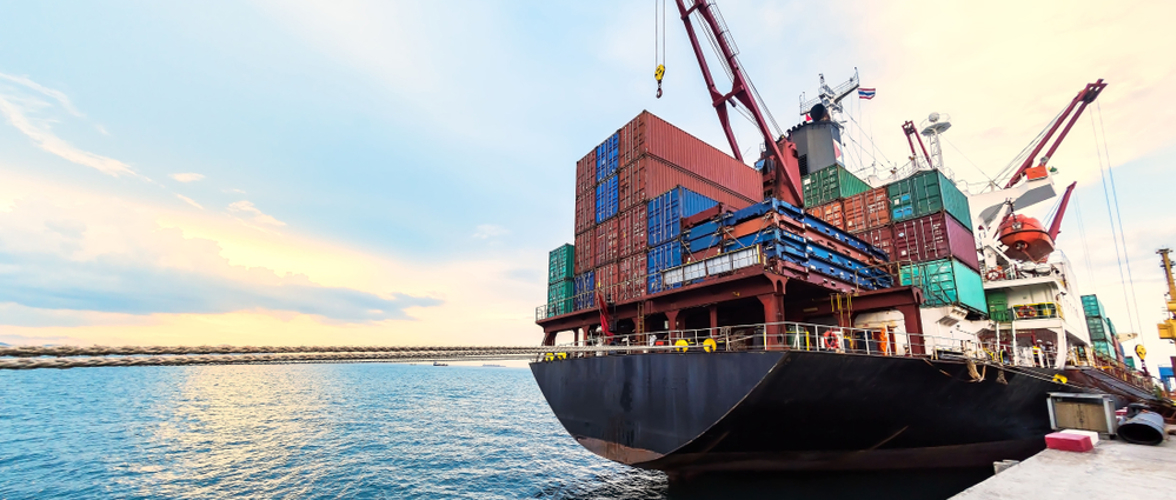Key Takeaways
- Volatile key commodity prices have benefited some companies and undermined others. Businesses must strike a balance between covering increased costs and maintaining demand.
- Inflation has increased cost pressures on businesses across a variety of industries. Successfully managing this dynamic depends on maintaining profitability without constraining operational capacity.
- Shifts in the economic environment threaten business models that do not have a proven record of profitability and a strong cashflow position.
- Strategic fluidity has allowed some businesses to respond decisively to a changing economic climate.
In 2021-22, the Australian economic climate decisively shifted, and businesses were forced to adapt to volatile conditions both domestically and internationally. Exploring the results from recently released annual reports can reveal how businesses responded to multifaceted challenges in different industries, and highlights strategy’s importance in successfully managing a fast-moving economic environment.
Inflationary pressures affect industries in different ways, and performance often relies on the varying movement in prices between outputs and inputs. Many businesses in construction and manufacturing have struggled with increased costs, while some mining and agriculture businesses have capitalised on rising prices for their products. However, performance also varies across firms, and it is informative to highlight those that subverted expectations despite an otherwise difficult economic environment. It is also useful to take note of operators that have faced significant challenges and why they have struggled. There are important lessons we can learn from these results, reminding us to remain vigilant and adaptable to a shifting economic climate.
Winners
Viva Energy Group Limited/Ampol Limited
Australian energy firms Viva Energy and Ampol have posted substantial gains in both revenue and profitability, mainly due to record high margins at Australia’s last two remaining oil refineries. The peak marks a high point in the history of Australian oil refineries, which have long struggled to compete with imported petroleum from the larger refining facilities located throughout Asia. The COVID-19 pandemic, which drastically reduced demand for fuel products, exacerbated these structural challenges. In 2021, the Federal Government announced a plan to prevent the closure of Australia’s two remaining refineries, which involved a direct investment of over $2.3 billion in government subsidies, only paid out during periods when refining margins were very low. The subsidies were capped when margins increased to anything over $10.20 per barrel of oil. In response, Ampol and Viva Energy pledged to keep the refineries running until at least 2027.
Volatile global supply conditions and increased demand from public health restrictions easing have decisively shifted the operating conditions for Australia’s refineries. Ampol posted an 83.3% jump in revenue and a 113.8% jump in profitability, while Viva Energy posted an unprecedented 747.0% increase in pre-tax earnings. These turnarounds in revenue and profitability have shown that predictions of an industry in a state of terminal decline were premature. As conditions have shifted, Viva and Ampol have capitalised. These trends also show that economic conditions can shift very quickly, and unfavourable global conditions are not inevitable and do not last forever. It is worthwhile reflecting on other industries that may have been prematurely written off.

Businesses and governments can gain various insights from these results. Furthermore, inflationary pressures on key inputs are not uniform, and varied movements in prices can provide opportunities for profit. Therefore, businesses should take into account economic conditions’ fluidity when formulating expansion strategies. These conditions can shift again, especially since fossil fuel energy supply is likely to become increasingly volatile as Australia transitions to renewable energy. Viva and Ampol successfully capitalised on substantial shifts in the global supply of petroleum, garnering a spectacular result. The results also show that investing in productive assets can have unforeseen benefits for both businesses and governments. Maintaining refining capacity in Australia proved crucial, as supply chain disruptions rapidly reduced surety of supply for fuel products.
WiseTech Global Limited
In a difficult year for tech companies, logistics software provider WiseTech has posted a 70.7% surge in pre-tax earnings compared with the previous year, and an increase in revenue of just under 25%. This standout performance is especially impressive when compared with other major tech start-ups in Australia, many of which have announced increased job losses. Reduced private investment has caused these trends, as increasing inflation and rising interest rates has reduced the flow of investment, especially to tech start-ups. In contrast, WiseTech CEO and founder Richard White announced that the company had lifted its hiring by 20.0% in the second half of 2021-22.
The result shows the importance of having strategic fluidity, especially during periods of volatility and uncertainty. The company adapted its strategy significantly, shifting from an approach that prioritised growth through aggressive acquisitions to a focus on its core product, with significantly fewer acquisitions and more organic growth. During the industry life cycle’s growth stage, with high private investment and low interest rates, expansion through acquisition was a strategically fruitful approach. It gave the firm relatively instant access to market share, expertise and technology. In this climate, the company acquired 41 businesses since listing on the ASX in 2016. In 2021-22, WiseTech acquired only two minor firms.
WiseTech’s strategy adapted as conditions shifted, moving away from a focus on buying and turning towards building a core business model with a proven profitability record. As supply chain constraints have increased demand for logistics providers, especially those that can drive productivity gains, WiseTech has shifted to focus on product development. This strategy was organised around what White termed ‘the three P’s’ – product, penetration and profitability. The company has also steadily built its profit margins over the past five years through steady revenue growth and cost reduction initiatives, such as low sales and marketing expenses.
This strategy’s success shows that establishing a viable path to profitability is fundamental to surviving during periods of economic uncertainty. Loss-making enterprises will need to shift direction to establish a strong cashflow position and reduce costs, since the flow of investment is unlikely to come as interest rates continue to rise.
Brambles Limited
Global transport and logistics giant Brambles has posted 14.0% annual profit growth, despite significant inflationary pressures on costs. The business owns approximately 345 million pallets, crates and containers that it issues, collects, repairs and reissues worldwide each year. Faced with a sharp rise in input prices, especially for key materials such as timber, Brambles has experienced steep cost pressures that threatened both revenue and profitability. However, a robust and proactive strategy to pass on these costs to customers has offset inflation’s effects on the company’s profit margins.
Chief executive Graham Chipcase heralded the result, which he attributed to their willingness to pass on soaring costs for timber pallets to customers. The average price of new timber pallets jumped 40.0% in 2021-22, with timber inflation amounting to US$470.0 million. Brambles lifted prices to customers by US$500.0 million, and also introduced special surcharges that brought in an extra US$76.0 million. Demand has remained strong despite rising prices, as businesses have been more wary to guard against further supply chain disruptions and to avoid running out of goods.

The result showed that actively passing on rising costs to customers is a key ingredient for success during periods of ‘cost-push’ inflation. Clearly communicating and explaining these price rises can avoid downturns in demand or backlash from key stakeholders. However, not all firms have the pricing power to implement this strategy. In these cases, it is worth reconsidering procurement strategies to better manage price rises for key inputs. A strategic review of a firm’s supply chain can present opportunities for cost savings that can reduce rising prices’ effects. In this case, it is worth considering engaging outside advice, especially from consultancy firms that specialise in procurement strategies.
Losers
Qantas Airways Limited
The iconic Australian airline has suffered substantial losses during the COVID-19 pandemic, totalling over $7.0 billion since the initial outbreak. As travel restrictions have eased, ongoing operational deficiencies, labour shortages and costly delays have constrained the airline’s recovery. Surging fuel prices have caused further issues for Australia’s flagship airline.

Despite these large losses, Qantas’s domestic market share increased considerably during the COVID-19 pandemic, as its major competitors suffered more acutely during a difficult period for airlines. From a secure position within the Australian market, Qantas implemented widespread cost cutting, reducing its workforce by an estimated 14.0%. Many equivalent airlines overseas avoided such aggressive cost cutting, fearing backlash from unions, politicians and the media. Cost cutting has rendered some benefits, most significantly through reducing net debt. As interest rates have increased sharply in the current year, this reduction is especially valuable.
In 2021-22, Qantas reported a loss in earnings before tax of $890.0 million. This result shows that Qantas still has some way to go to return to profitability. On the other hand, the cost-cutting strategy undertaken in response to the COVID-19 pandemic has come at a significant cost, especially to the brand’s reputation. Operational flaws stemming partly from the cost-cutting strategy have upended the company’s world-renowned reputation for reliability.
Qantas customers have experienced a significant increase in flight delays and cancellations, and an increase in incidents of damaged or lost luggage. During a period of low unemployment, Qantas has reported widespread absenteeism through 2021-22, which has further constrained capacity through staff shortages. At the same time, the airline has entered a long and drawn out legal process over their decision to outsource unionised ground operations, which was ruled to have breached the Fair Work Act. These actions have prompted further outside scrutiny, especially from the media and politicians.
It is important to consider cost cutting’s sometimes unforeseen implications, especially to intangible assets such as brand reputation. Reducing costs, especially through large reductions in employment, can also reduce businesses’ capacity to capitalise on improved demand conditions. Operational performance cannot be built overnight, and a productive and adaptable operation is fundamental to capitalising on shifts in demand.
An important first step is clearly differentiating between costs that are ‘nice to have’ versus costs that are essential to operational capacity. In a difficult period for both businesses and consumers, it is worthwhile considering whether reducing profit margins may provide wider benefits than excessive cost cutting. For example, avoiding price hikes or maintaining high service quality relative to competitors can build trust and loyalty with consumers, which may pay off in the long term. In addition, maintaining employee morale and reducing labour turnover can benefit productivity and reduce labour shortages’ wide-ranging costs.
Boral Limited
Boral’s earnings fell by 32.0% as the construction supplier struggled with rising input costs, particularly through the increased cost of energy. The company also implemented widespread job cuts and suffered severe production delays from extreme weather. Boral has responded by divesting from its North American assets, and preparing a series of price rises for its key products.
This result is a reminder of the significant implications that extreme weather events can have for key industries. Floods on the east coast combined with soaring energy costs significantly undermined profitability for Boral, which is the largest concrete and asphalt supplier in Australia. Heavy rainfall in New South Wales and Queensland was a key driver of ballooning costs, as construction schedules were delayed, and extreme weather heavily disrupted production and transport. Furthermore, Boral has been unable to cover the rapid increase in costs of key energy inputs, particularly coal and diesel. Regular price rises have failed to offset inflating energy costs’ effects. In response, Boral scheduled its largest price rise in five years on 1 August for key products, such as gravel, asphalt and concrete.

The soaring costs that Boral has faced indicate energy supply shortages’ centrality to inflationary pressures in the economy. The rapid rise in energy prices has heavily affected large-scale operators such as Boral, and these costs have filtered through to the key construction materials they supply. The result also shows that the key ingredient to navigating inflation’s cost pressures is formulating a pricing and procurement strategy that can successfully offset inflation’s effects. Many businesses are in a vexed position and face rising costs that are eroding profit margins, and lifting prices is becoming unavoidable. However, price rises will need to be implemented in a way that does not significantly affect demand or provoke backlash from key stakeholders.
Airtasker Limited
Airtasker posted a large increase in pre-tax losses for the year, as cost increases outstripped rising revenue. Despite steady revenue growth and increasing uptake of their service, the company was unable to convert these trends into an earnings gain. In response, the CEO announced a shift in communication and strategy, seeking to differentiate its brand identity from other gig economy providers. This shift shows that the celebrated ‘sharing economy’ is facing deep brand challenges and potential regulatory action. The situation is likely to continue as the new Federal Government seeks to reform industrial relations policy in the wake of the Jobs Summit.
In a tight job market, the gig economy model is increasingly being questioned. Instead, businesses that offer stable and fulfilling employment are considerably more attractive to prospective employees. As filling vacancies and retaining talent become more difficult, businesses should allocate more resources towards building a work environment that incentivises employees to stay and develop at one firm over a prolonged period.
One option for maintaining key talent is to embrace the productivity benefits that can stem from flexible working hours. The COVID-19 pandemic showed that businesses can adapt to remote working arrangements relatively quickly and productively. Therefore, permanently introducing flexible working arrangements into company operations can make prospective employers more attractive, with little cost to employers. These measures can give workers a greater sense of control over their time and incentivise a long-term commitment to develop their talents internally, rather than seeking new employment.
Zip Co Limited
Zip Co is a major Buy Now Pay Later (BNPL) firm that has grown significantly over the past five years. However, Zip Co posted a large operating loss of over $1 billion in 2021-22. In response, the company has committed to fully reviewing various arms of its business as it looks to neutralise cash burn and ballooning costs. A series of bad debts has been particularly crucial in undermining profitability, which has raised questions over the viability of the firm’s lending practices.
BNPL is an emerging industry in Australia, and part of the global growth in ‘fintech’ firms that has emerged in the past decade. However, the conditions that gave rise to these emergent industries have eroded over the past year, which has exacerbated structural problems for fintech firms, including Zip Co. As inflation increases cost of living pressures on consumers, businesses will need to adapt to shifting consumption patterns and a changed investment environment.
Without access to large outside investment, reigning in ballooning costs and building a viable path to profitability is increasingly imperative. However, inflationary pressures are likely to significantly alter consumer spending, as households face increased cost of living pressures. Businesses will need to keep these trends in mind when formulating pricing and product strategies.
Final Word
Inflationary pressures on business have produced varied performances across different industries. If there is a common thread across these examples, it is that the businesses that have responded proactively to a shifting economic climate have been able to either capitalise on opportunities or neutralise threats. Staying informed on the latest trends in the economy is therefore crucial to formulating growth strategies.
Follow IBISWorld on LinkedIn to keep up to date with our latest insights and market research guides.
IBISWorld reports used to develop this release:
Australian industry reports
- Buy Now Pay Later in Australia
- Cement and Lime Manufacturing in Australia
- Domestic Airlines in Australia
- International Airlines in Australia
- Pallets and Other Wood Product Manufacturing in Australia
- Petroleum Refining and Petroleum Fuel Manufacturing in Australia
- Ready Mixed Concrete Manufacturing in Australia
- Rock, Limestone and Clay Mining in Australia
- Software Publishing in Australia
- Transport Equipment and Large Vehicle Rental in Australia
AU & NZ Enterprise Profile Reports









